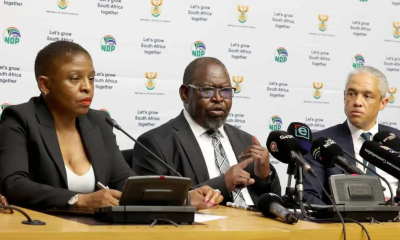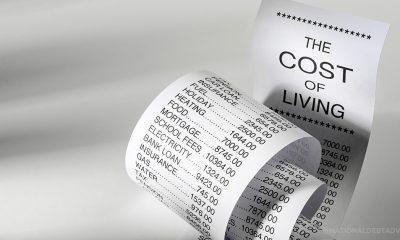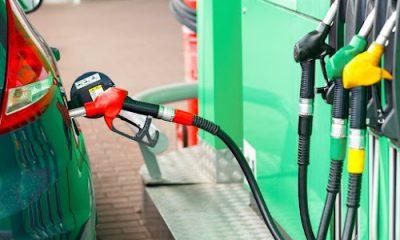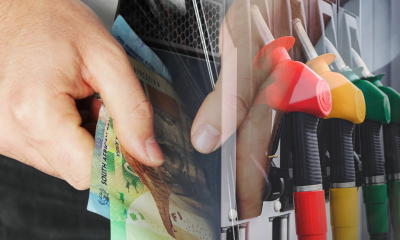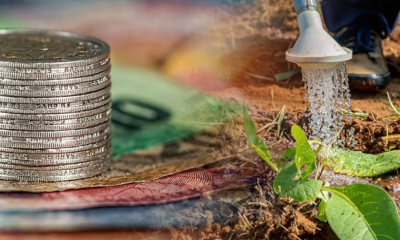Business
South Africa’s Economy Grows by 0.6% in 2024 Despite Sector Setbacks
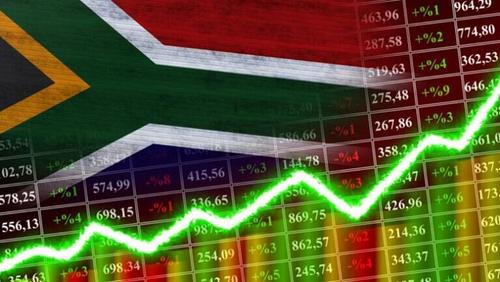
South Africa’s economy gained modest ground in 2024, posting a 0.6% growth in GDP — its strongest performance since mid-2023. But this fragile recovery masks deeper issues beneath the surface.
According to Statistics South Africa’s economic wrap for the year, the country’s economic landscape remains uneven. While sectors like mining, manufacturing, and energy continued to underperform, there was unexpected resilience in agriculture, trade, and finance — which collectively helped keep the economy afloat.
Mixed Signals in Key Sectors
Mining and manufacturing, once pillars of the South African economy, are now dragging growth. Mining production dropped a steep 9.6% year-on-year in February 2025, with gold, iron ore, coal, and platinum group metals showing sustained weakness. Manufacturing contracted 3.2% over the same period, continuing a nine-month slump, particularly in automotive parts production.
Coal, which remains critical to South Africa’s energy supply, accounted for nearly two-thirds of energy production in 2024. However, energy woes and persistent infrastructure challenges weighed heavily on the country’s broader industrial performance.
Growth Drivers: Agriculture, Trade, and Finance
Bright spots did emerge. The agriculture sector rebounded strongly, supported by better crop yields and increased global demand. Retail trade sales rose noticeably, with November 2024 recording a sharp year-on-year uptick — hinting at the “re-emergence of Black Friday,” according to Stats SA.
Finance and business services also played a vital role, providing momentum in an otherwise subdued environment. Notably, consumer spending increased 2.3% in volume terms during the fourth quarter, signaling a slight improvement in consumer confidence as inflation cooled to 3.2% in February.
Employment and Household Trends
The employment landscape mirrored these mixed outcomes. The formal non-agricultural sector saw a positive boost, with the trade industry creating 42,000 jobs in Q4 of 2024 — the largest gain across sectors. Conversely, sectors like transport, storage, and communication were among the most significant negative contributors to job creation.
Despite challenges, household spending held firm, driven in part by the holiday season. Stats SA noted that December accounted for the largest slice of Q4 consumer expenditure, underlining the enduring impact of festive-season retail.
What’s Next for the South African Economy?
Economists anticipate inflation will remain within the South African Reserve Bank’s 3–6% target range in the short term. However, looming concerns about a potential VAT hike could push prices higher later in 2025.
While tourism-related industries — such as restaurants, accommodation, and leisure retail — showed signs of life last year, the broader economic narrative remains cautious. Sectors like construction and wholesale trade continue to struggle, though road freight and passenger transport are holding steady.
South Africa’s economy in 2024 painted a picture of resilience under pressure. A modest 0.6% GDP growth may not signal a roaring comeback, but it shows that with the right sectoral support, even an uneven economy can find forward motion. The question now is whether 2025 can build on this momentum — or whether structural weaknesses will hold the country back once again.
{Source: IOL}
Follow Joburg ETC on Facebook, Twitter , TikTok and Instagram
For more News in Johannesburg, visit joburgetc.com

